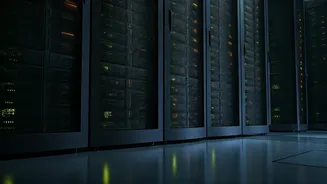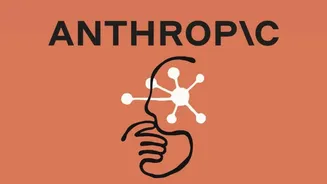Error's First Appearance
The occurrence of a 'Whoops! something went wrong' notification is a common experience in our increasingly digital lives. This often signals a breakdown
in the expected technical process. The prompt could emerge on a website, within an application, or during system functions. The appearance of such a message typically indicates that the system has failed to perform the requested operation, and a proper response can't be rendered. This could be due to a variety of factors: a temporary network glitch, issues within the software itself, or problems on the server's end. This is when users encounter interruptions, frustrating their flow and interrupting daily tasks.
Why Problems Surface
Technical failures are often caused by a multifaceted set of factors. A common culprit is a problem within the software's code itself. These are glitches that might be overlooked during the development phase. Another contributing element includes network connectivity problems, which disrupt communication between various systems and the user's device. Moreover, the server responsible for hosting the application or website may become overloaded or experience a fault. The user's device, too, may not meet the software's demands, resulting in compatibility issues. An outdated browser, or a lack of storage space can also be at fault, leading to the 'Whoops!' message.
Consequences of Failure
When technical hitches appear, their impacts span across various aspects of our operations. For users, a malfunction can disrupt workflows and lead to data loss. In a business setup, technical difficulties may result in lost productivity, causing financial and reputational losses. The inability to access essential information or services may also lead to user frustration and diminished trust in the platform. Delays can disrupt schedules, and in severe cases, trigger customer dissatisfaction and a dip in user experience. Therefore, a swift and efficient response is crucial to lessen the adverse effects and ensure business continuity.
Troubleshooting Techniques
Various troubleshooting measures can mitigate the impact of technical hitches. A primary solution is checking the internet connection to rule out network issues. Refreshing the web page or restarting the app is a typical starting point. Clearing the browser's cache and cookies can resolve compatibility issues and outdated files that may be interfering with functionality. For more complex issues, consulting the support documentation or contacting technical support becomes necessary. System administrators often have access to diagnostic tools to check server logs and pinpoint specific errors. These actions provide a strategic framework for swiftly resolving technical challenges.
Preventative Measures
Preventative measures are essential to minimizing technical errors. Regular software updates are vital for fixing known vulnerabilities and improving system stability. Regularly backing up data protects against potential data loss caused by system failures or hardware malfunctions. Using robust security practices, such as strong passwords and multi-factor authentication, helps to protect the system. For website owners, conducting routine website performance checks is vital for identifying and fixing potential issues before they impact users. These steps are a proactive way to avoid disruptions and ensure a reliable digital experience.
Error's Future Landscape
Looking forward, the evolution of technology indicates a shift in how we approach technical glitches. Advancements in artificial intelligence (AI) are creating systems that proactively identify and resolve potential problems before users are impacted. Cloud-based solutions are improving the resilience of applications and services. The trend towards enhanced security protocols highlights the importance of protecting user data and maintaining system integrity. Furthermore, efforts towards improved user experiences are streamlining the interactions and making troubleshooting easier. These innovations point to a future where technical disruptions are less frequent, and the solutions are more advanced.
















